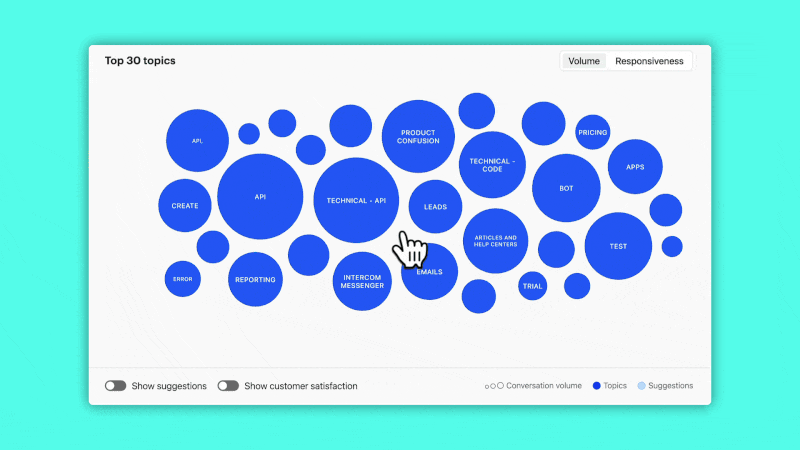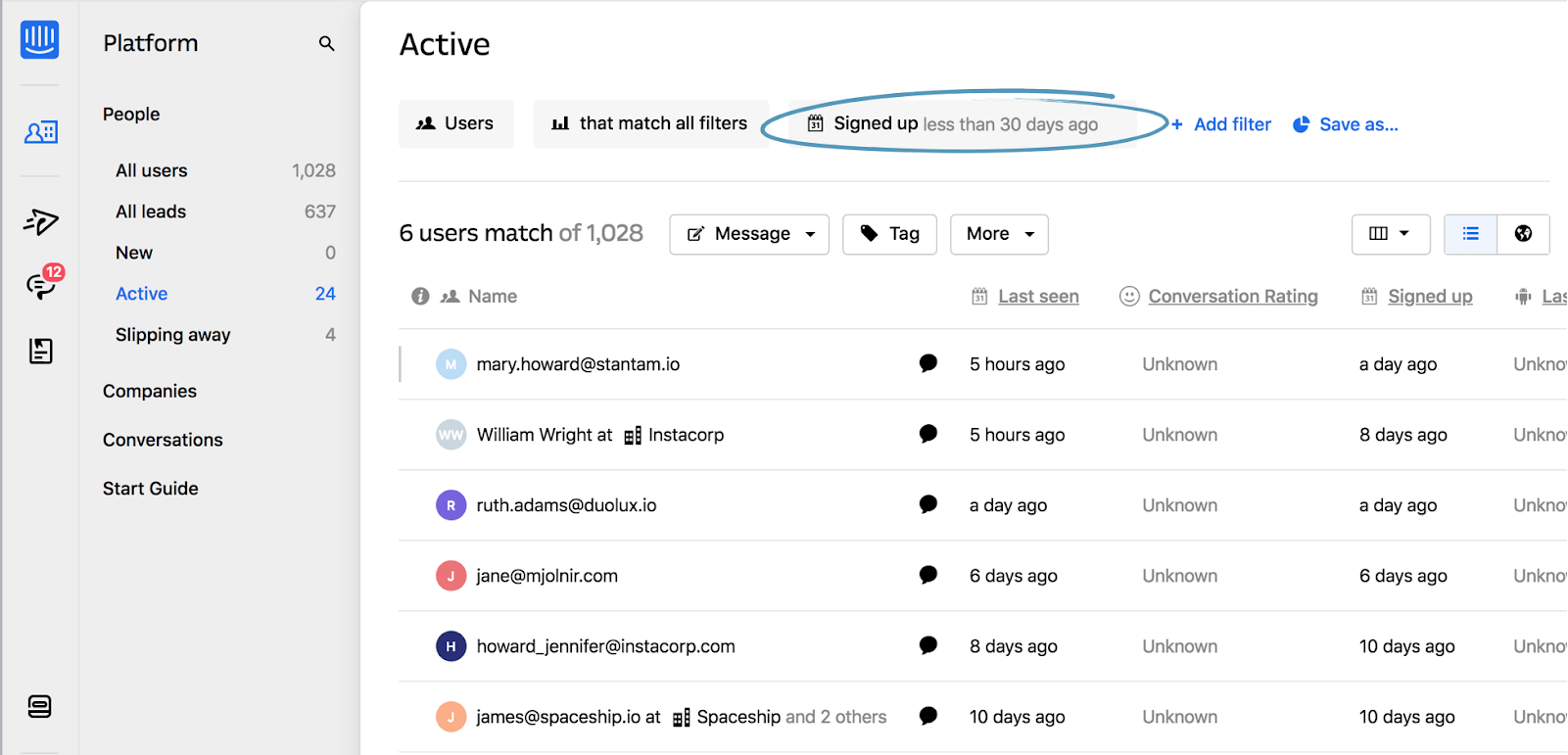
Intentions matter: How to uncover the why behind customer questions
Main illustration: Simone Noronha
Customers reach out to you when they hit a roadblock in using your product and getting their job done, so it’s essential that you’re able to provide them with the right answer, quickly.
But when it comes to customer support, all of your great product knowledge and technical skills will go to waste if you’re answering the wrong question.
Here at Intercom, our Customer Support team deals with a wide variety of issues, and we have to be comfortable putting on different hats and answering questions related to all areas of our products. Sometimes, the biggest challenge comes from the fact that the customer’s initial question isn’t always crystal clear, and we often don’t have the full picture right away.
Here’s how to put on your Sherlock Holmes detective hat and ask the right questions, get to the bottom of their issues, and provide better support through messaging or live chat.
1. Get to the root cause of their query
If a customer has made the effort to contact your Customer Support team, it’s already a sign they need your help. It can be tempting to want to answer a question right away, but if it’s not the right answer it can annoy the customer, waste their time, and set a negative tone for the rest of the conversation.
Of course, that’s not what you or your customer wants. A much better option is making a real effort to understand your customers’ intentions right at the outset, before making any assumptions.
First, ask some follow-up questions, trying to rephrase their initial message. I like to include a suggestion on what they might be referring to. That way you can quickly get more context and clear up any initial confusion.

Even though your Customer Support team is deeply familiar with your product and ways to describe it, your customers don’t (and often won’t) operate with the same product-specific vocabulary and may describe things in a totally different way. Rephrasing their initial question allows you to build up your knowledge of how customers might describe your product’s features, while also avoiding making assumptions that could lead to you jumping in with an incorrect answer.
2. Understand the wider context
With conversation topics, you can now get a visual representation of exactly what your customers are talking about at a glance. Maybe it’s a new feature that users are struggling to get to grips with, or maybe there’s a broken URL that somehow slipped through the cracks that’s wreaking havoc in unexpected places; with conversation topics, you can instantly spot patterns you otherwise might have missed, see the key metrics associated with each topic, and get a deeper sense of the context of the conversations surrounding them thanks to powerful machine-learning analysis. It also uses machine learning to suggest relevant topics for you to explore, allowing you to stay on top of what’s top-of-mind for your customers, quickly identify any blind spots to watch, and get key insights you can leverage with proactive support.

3. See the full picture with visual aids
Another good option when things are less-than-clear is asking for screenshots. Screenshots can be invaluable when the customer seems confused and you don’t know where to start, and can help to ensure that you’re both on the same page (literally).
Customer: Why isn’t someone showing up when I use this filter?
Support rep: Do you mean this filter circled below, or something else?
(As always, be careful about what data is being shown in your screenshots so that you’re not sharing any sensitive customer data or information.)
4. Use examples to understand the outcome they’re hoping to achieve
Always ask for additional information and context about your customer’s specific case. You can start with explaining some default behavior and then try to get more insight on whether this is in line with what they’re hoping to do.
For example, you could say, “The default behavior here is usually ABC. Is your intention here to have users do A and then move to B? Let me know if I understand you correctly!”
This gets the user to clarify whether you’re on the right track and share some more details about the problem they’re trying to solve in the first place, which is crucial for you to able to suggest the best tools to make this happen. For example, maybe you’ll find that the best way to get the results they’re looking for is actually to use a completely different feature. Either way, armed with this additional information, the answer often becomes obvious.
5. Don’t make assumptions
When solving technical issues, it’s still always important to ask for specific examples and details about the case so you can correctly diagnose them. Try to ask the questions in a way that will help you investigate the problem step by step.

Once you get more insights into the specific information, you can apply your experience and judgement to get to the bottom of the problem. Breaking the issue down into smaller bits and taking a step-by-step approach helps to build a bridge between the initial roadblock and the solution. Remember what we mentioned about the reason your customer contacted you? They’ve already hit the wall, now they need your help to get this sorted.
6. Share your solutions – and the reasoning behind them
Once you get to the bottom of your customer’s use case and the “why” behind their question, feel free to share your company’s perspective! Some of the questions you’re addressing might initially look like something that’s not yet supported, but rephrasing them and addressing the root problem can show your customer a different way to get the job done. For example:
Customer: Can I hide the Messenger outside of office hours?
Support rep: While we’ve decided to not include an option to hide the Messenger in your product, there are some other solutions in place to help you with setting expectations about expected response time.
Sometimes it’s better to say no to your customers, especially if it’s just not on your product roadmap or you’ve managed to uncover their true intentions and found another way of addressing this in your product. Don’t apologize or be sorry for something that was a conscious product decision – especially if that’s something your product team has put thought into and addressed in a different way. In many cases, you might turn the conversation around and surprise your customer by offering them a better practice.
It’s impossible to avoid issues, but taking that extra time to understand what your customer is actually trying to achieve will help you to provide more personalized support that helps your customer to get back on track – and go further with your product. The result is customers who know how to get the best out of your product and are confident they can always get help if they run into obstacles along the way.









